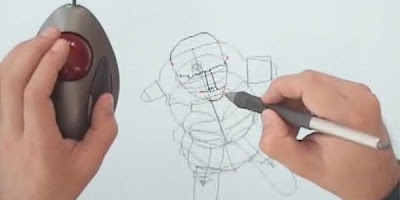
Patrick Clair's satirical animation of Canberra as composed entirely of infographics was made for the recent Australian election. Great timing and animation.
Chris Yonge's notes on visualization, animation, and video. I work with creative professionals facing the challenge - and opportunity - of communicating 3D concepts to markets, suppliers, teams, and juries.
















